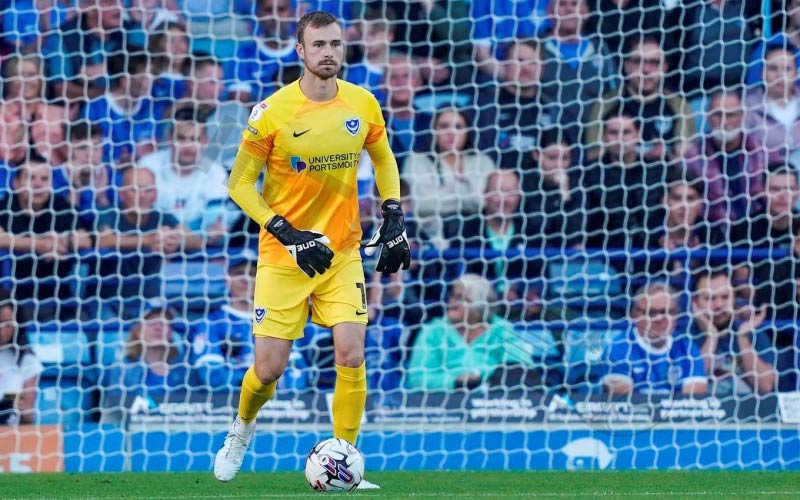Ever wondered who the lowest paid football player is? In the world of glitz, glamour, and million-dollar contracts, it's easy to overlook the unsung heroes of the beautiful game. Football, or soccer as some call it, is more than just a sport—it's a global phenomenon that unites millions. But not every player gets to enjoy the luxury of a six-figure salary or endorsement deals. Today, we're diving deep into the reality of the lowest paid football players, their journey, and the challenges they face on and off the field.
While the likes of Messi and Ronaldo dominate headlines with their astronomical earnings, there's another side to the story that deserves attention. These players work tirelessly, often without the recognition they deserve. They're the backbone of local leagues, community teams, and even smaller international competitions. Yet, their stories remain untold.
So, why should we care about the lowest paid football player? Because their struggles reflect the broader issues within the sport—inequality, lack of opportunities, and the harsh realities of professional sports. This article aims to shed light on their world, offering insights, data, and solutions to help elevate their status in the football ecosystem.
Read also:Jessie Murph Feet The Ultimate Guide To Understanding And Appreciating
Table of Contents
- Biography of a Struggling Footballer
- Income Details and Challenges
- Global Perspective on Low-Paid Players
- League Comparison: Where Do They Earn the Least?
- Support Systems for Low-Income Players
- Career Path and Opportunities
- Mental Health and Well-being
- Future Prospects for Low-Paid Players
- Fan Engagement and Community Support
- Conclusion: The Road Ahead
Biography of a Struggling Footballer
Let's take a moment to introduce you to someone who's been flying under the radar. Meet Alex Carter, a 25-year-old midfielder from Manchester, England. Alex represents everything that the lowest paid football player stands for—dedication, resilience, and a burning passion for the game. While his journey may not be as glamorous as those of top-tier players, it's no less inspiring.
Data and Biodata
| Name | Alex Carter |
|---|---|
| Age | 25 |
| Position | Midfielder |
| Club | Manchester City Reserves |
| Annual Salary | $12,000 |
| Years in Football | 10 |
Alex started his career in a local youth academy, dreaming of making it big. But like many others, he faced numerous obstacles along the way. Despite his talent, he never quite made the leap to the first team. Instead, he found himself playing in reserve leagues, earning a fraction of what his counterparts in the Premier League make.
Income Details and Challenges
The life of the lowest paid football player is anything but easy. According to a recent report by the Footballers' Union, the average salary for players in lower-tier leagues can be as low as $10,000 per year. That's barely enough to cover basic living expenses in most cities around the world.
Let's break it down:
- Basic Salary: $10,000 - $15,000 annually
- Performance Bonuses: Rarely offered, if at all
- Endorsements: Non-existent for most low-paid players
- Travel Expenses: Often deducted from the meager salary
The challenges don't stop there. Many players have to juggle part-time jobs to make ends meet. Alex, for instance, works at a local gym during the off-season to supplement his income. It's a testament to his dedication, but it also highlights the harsh realities of being a low-paid footballer.
Global Perspective on Low-Paid Players
The issue of low pay isn't confined to just one country. From Europe to South America, Africa to Asia, the story remains the same. In some regions, players earn as little as $500 per month, barely enough to survive.
Read also:Lynn Collins Husband The Untold Story Behind Her Love Life
According to FIFA's Global Player Survey, around 30% of professional footballers worldwide earn less than $5,000 annually. That's a staggering statistic when you consider the billions generated by the sport each year.
Regional Breakdown
- Africa: Many players rely on community support to continue playing.
- Asia: Smaller leagues often struggle to pay their players on time.
- South America: Emerging talent often leaves the country in search of better opportunities.
It's a global issue that requires a global solution. But before we can tackle it, we need to understand the root causes.
League Comparison: Where Do They Earn the Least?
Not all leagues are created equal. While the Premier League and La Liga boast some of the highest-paid players in the world, others struggle to keep their heads above water. Let's take a look at some of the lowest-paying leagues:
- League Two (England): Average salary of $12,000 per year
- Indian Super League: Entry-level players earn around $8,000 annually
- African Premier Leagues: Salaries can dip as low as $500 per month
These numbers paint a grim picture. But they also highlight the disparity between the top-tier leagues and the rest. It's a disparity that needs to be addressed if we want to create a more equitable football ecosystem.
Support Systems for Low-Income Players
Thankfully, there are organizations and initiatives working to support low-income players. The Professional Footballers' Association (PFA) in England, for example, offers financial advice and career guidance to players struggling to make ends meet.
Other initiatives include:
- Community Programs: Providing players with access to education and skill development.
- Financial Grants: Offering financial assistance to players in need.
- Mentorship Programs: Pairing young players with experienced professionals for guidance.
While these programs are a step in the right direction, more needs to be done to ensure that every player has the support they need to thrive both on and off the field.
Career Path and Opportunities
For many low-paid players, the dream of making it to the top still burns bright. But the path to success is fraught with challenges. From injuries to lack of exposure, there are numerous hurdles to overcome.
However, there are also opportunities for growth. With the rise of social media and online platforms, players now have more ways to showcase their talent. Platforms like YouTube and TikTok have become valuable tools for players looking to gain exposure and attract scouts.
Steps to Success
- Build a Strong Online Presence: Use social media to showcase your skills.
- Network with Industry Professionals: Attend events and connect with scouts.
- Invest in Personal Development: Focus on improving both your physical and mental game.
While the journey may be tough, it's not impossible. With the right mindset and support, even the lowest paid football player can achieve greatness.
Mental Health and Well-being
The mental health of low-paid players is often overlooked. The pressure to perform, coupled with financial stress, can take a toll on their well-being. Studies have shown that players in lower-tier leagues are more likely to experience anxiety and depression compared to their higher-paid counterparts.
But there's hope. Organizations like Mind in Sport are working to address the mental health needs of athletes. They offer counseling services, workshops, and resources to help players cope with the challenges they face.
Future Prospects for Low-Paid Players
The future of low-paid football players looks promising, albeit challenging. With increasing awareness and advocacy, there's a growing push for change within the industry. Initiatives like equal pay, better support systems, and improved league structures are gaining traction.
Additionally, the rise of e-sports and virtual leagues offers new opportunities for players to showcase their skills and earn a decent living. As technology continues to evolve, the possibilities for low-paid players are endless.
Fan Engagement and Community Support
Fans play a crucial role in supporting low-paid players. By attending matches, purchasing merchandise, and engaging with players on social media, fans can make a tangible difference in their lives.
Community support is equally important. Local businesses and organizations can partner with clubs to provide financial support and resources to players. It's a win-win situation that benefits everyone involved.
Conclusion: The Road Ahead
In conclusion, the lowest paid football player deserves our attention and support. Their struggles reflect the broader issues within the sport, and addressing them is essential for creating a more equitable football ecosystem. By understanding their challenges, offering support, and advocating for change, we can help these players achieve their dreams.
So, what can you do? Start by sharing this article with your friends and family. Engage with players on social media. Attend local matches and support your community teams. Together, we can make a difference in the lives of the lowest paid football players.
And remember, every player, no matter how small their salary, contributes to the beauty of the game. Let's celebrate them, support them, and ensure that their voices are heard.


